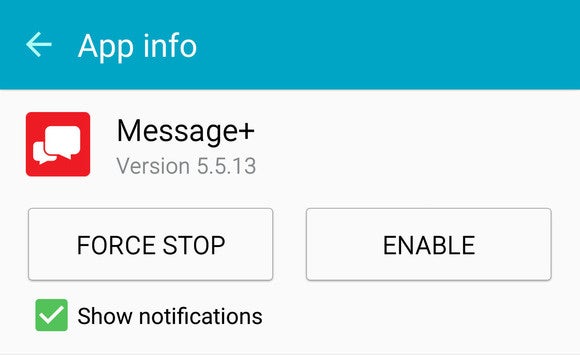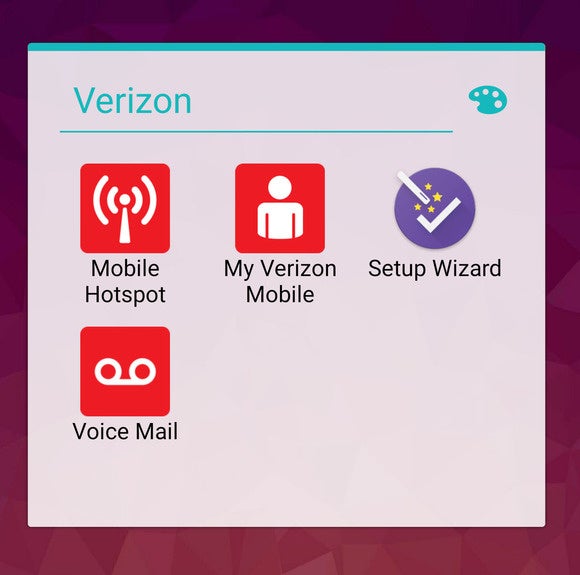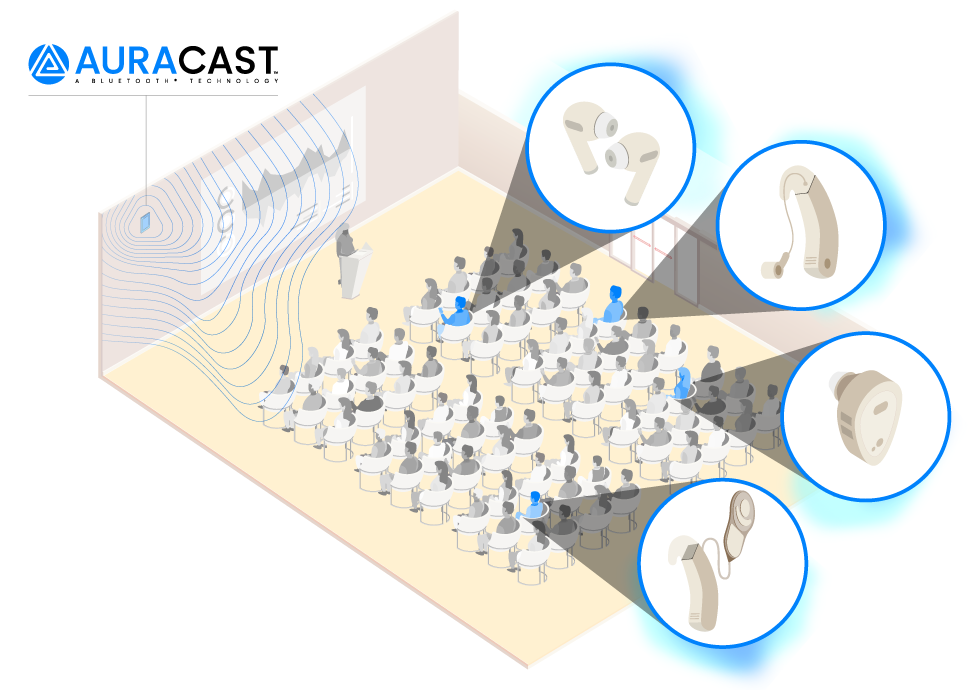My Mom bought herself a white Galaxy S6 ge last week. She won’t stop texting me about how to get rid of all the apps widgets Verizon bundled with her new phone.
I’m embarrassed, because I’m the one who convinced her to ditch the ione 4S for an Android device. She picked Samsung’s new flagship because she liked the way it looked, but the more she uses it, the more frustrated she is about all the bloatware that’s forced upon her.
I’m frustrated, too. My Mom may not be the most tech-savvy of the bunch, but she can tell when she’s getting a bad deal. And with Verizon’s announcement that it’s bundling in yet another app—this time, ft—with new devices, I’m wondering when we’re going to hit the ceiling of pre-loaded apps on smartphones. Apple banned carriers from doing this with its ione, so why can’t Android manufacturers follow suit?
Bloatware takes up precious disk space

So you wanna delete bloatware from you Galaxy S6? Too bad. You can’t. You can disable it, though, but it still takes up room.
AT&T, Verizon, Sprint, T-Mobile: the bloatware you bundle with Android phones is taking up precious space we absolutely need for photos videos.
The Galaxy S6 is probably one of your top selling Android devices, right? But the company isn’t offering microSD expansion slots with its flagship anymore. So, when you bundle in applications like ft, NFMobile, your own voicemail, turn-by-turn navigation, text messaging apps, that’s already a few essential gigabytes I could be using to store the 4MB-a-piece photos the Galaxy S6’s 16-megapixel camera takes. I shouldn’t have to compromise the quality of my photography to make space for apps I don’t even use.
And with top-tier phones increasingly getting rid of that microSD card slot, adding in even more space-sucking RAphoto capability, space is at a premium.
Yes, you can disable most of these bundled apps, but they’re never actually gone. They’re still sitting around, sucking up space.
No one really uses those apps, anyway

Are you serious with this Verizon? I don’t want to use any of these!
st year, Strategy Analytics surveyed over 250 Galaxy S3 S4 users. They found that Samsung’s users weren’t actually using most of the apps that come bundled with their phone, that the apps they spend the most time with are ones that they download themselves, like Instagram Facebook.
Samsung cut back on the bloatware this year (though it still has a way to go), so why can’t the carriers? On the Galaxy S6, Verizon bundled in totally useless app shortcuts for the mobile hotspot functionality, even though it’s already available in the Settings menu. It even included its own turn-by-turn navigation application, which actually requires a monthly subscription. y would you use that when you already have Maps?
Bloatware delays timely software updates

This software update is a little too late. And that’s after some other update no one asked for got updated, too. I DON’T EVEN KE FOOTBA!
th all the bloatware installed, it’s hard to get software updates on time. en Samsung hs over a new build of Android for one of its phones over to Verizon, for instance, Big Red has to ensure that its own bred applications work fine with the latest build before it can push it out to you, the customer. It also ensures that the device works properly on its network at optimum network speeds.
I’ll admit that, as a user, I really appreciate that, because that means when something gets pushed to my phone, it’ll be free of bugs. However, the update process would be just a bit faster if there weren’t so many apps from so many third-parties that required that extra bit of testing. That’s exactly why people are excited for ’s oject Fi—service through means timely updates, too.
A couple helpful apps are okay

Now this: this is okay. It’s nice, calm, cool.
Sometimes there are apps that are legitimately useful. T-Mobile’s data minutes usage tracker, for instance, can be essential for those who pay for data by the gigabyte, or for phone calls by the minute. You can track it all with Android’s built-in Settings, but they don’t sync up directly with your account so you know exactly what your carrier is counting against you. Visual Voicemail is a welcome app, too (why isn’t this feature part of Android already?). But T-Mobile Hotspot, Name ID, T-Mobile TV, Device Unlock? Either pack all this together into one app, or let us download it if we want it.
In a country so corporate-friendly that corporations are actually considered people, it makes sense that your new phone would put business partnerships above user experience. Companies like Amazon, Microsoft, ft are all vying for your attention, device makers carriers are more than willing to sell it to them.
But if you don’t want to have anything to do with any of them, you should be able to delete their apps off of your device—not just simply disable them. It might not make carriers push out updates any time sooner, or eliminate every frustration for recent Android converts like my Mom, but it will do a little to alleviate the pain we feel when we’re perusing through the application drawer it’s chock full of apps we’ll never use.


















